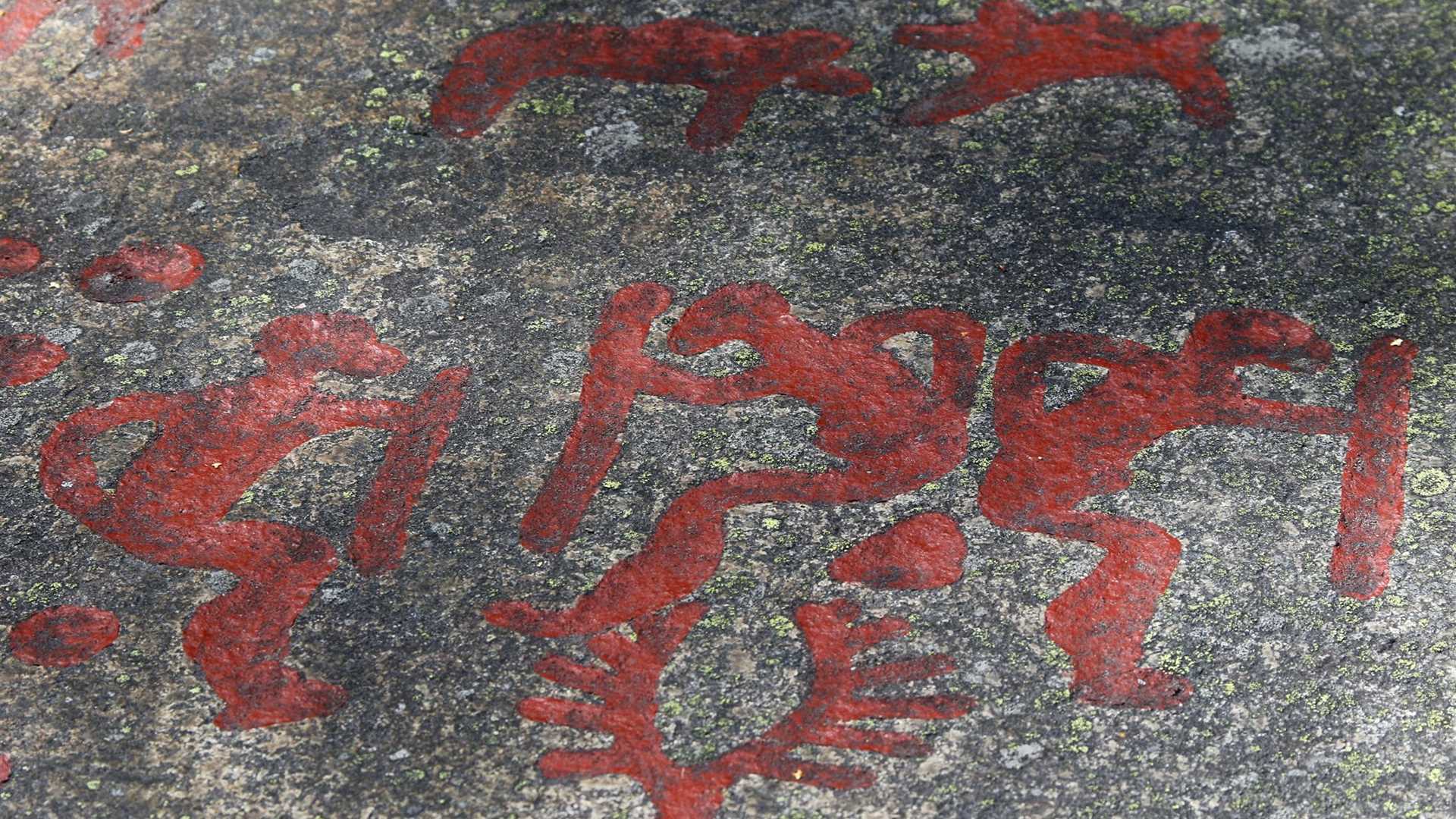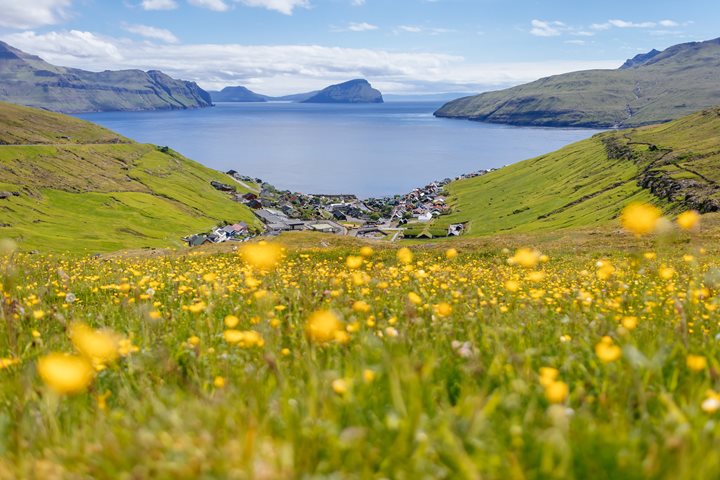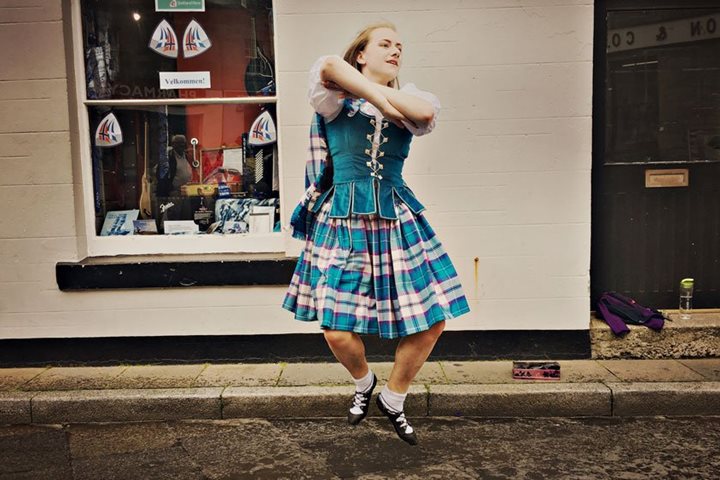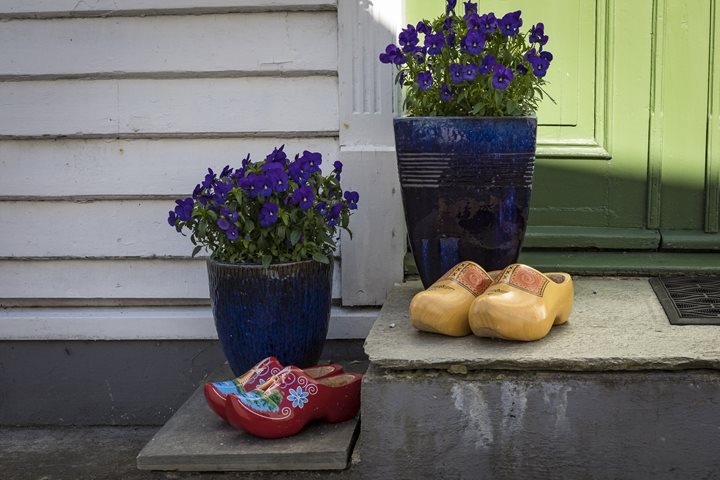A steel grey sky and the plaintive resonance of a group of excited oystercatchers greeted the National Geographic Orion early this morning as we dropped anchor beside the Weather Islands, a small group of ice scoured granitic islands that lie off the western coast of Sweden. This small archipelago has been dedicated as a marine nature reserve. A fresh breeze skimmed across the water as parties of guests were brought to shore for natural history focused walks with our naturalists and then taken on Zodiac cruises through the narrow channels and islets that surround the main island. A number of seals were spotted, ‘bottling’ in the water as well as hauled out on rocks close to the water’s edge. Black-backed and herring gulls wheeled overhead. With everyone safely back on-board we hauled anchor and headed for our afternoon destination.
Following lunch we landed at a floating dock in the picturesque town of Grebbestad. Many of the guests had decided to go to see the remarkable Bronze Age rock carvings at the nearby UNESCO World Heritage site at Tanum. Dating to between 2,000 – 500 BC, the artists had chosen large glacier-smoothed granite outcrops as their ‘canvas.’ A wide array of images had been pecked out of the rock surfaces using tools made from hard stone. Stylised humans, deer, dogs and ships appear singly or in clustered groups alongside small circular depressions known as cup-marks. Local experts explained and expounded on the images and their possible uses, symbolism and significance. Discovered many years ago, some examples have been painted red by researchers and caretakers in order to highlight them. Without this, it is extremely difficult to discern their presence on the natural weathered rock surfaces on which they occur. One of our guides made a rubbing of one of the sun-chariot carvings with the comparable consummate skill of a conjuror. We were enthralled as the outline appeared on the erstwhile blank sheet of white artists’ paper, a veritable ambassador from the remote past.
Other guests had decided to spend the afternoon exploring Grebbestad, a very popular destination for visitors during the summer season. Here the tightly packed wooden buildings with a backdrop of dramatic, elemental landscape, combine as a photographer’s paradise. Our wonderfully engaging day was rounded off with a scrumptious meal onshore in a famed quayside restaurant called Greby’s. Local musicians played traditional Swedish accordion tunes outside as we arrived. We were then treated to oysters before being shown to our tables. A fish based dinner followed and we chatted well into the late evening, recounting and sharing tales of our travelling experiences and lives at home.







